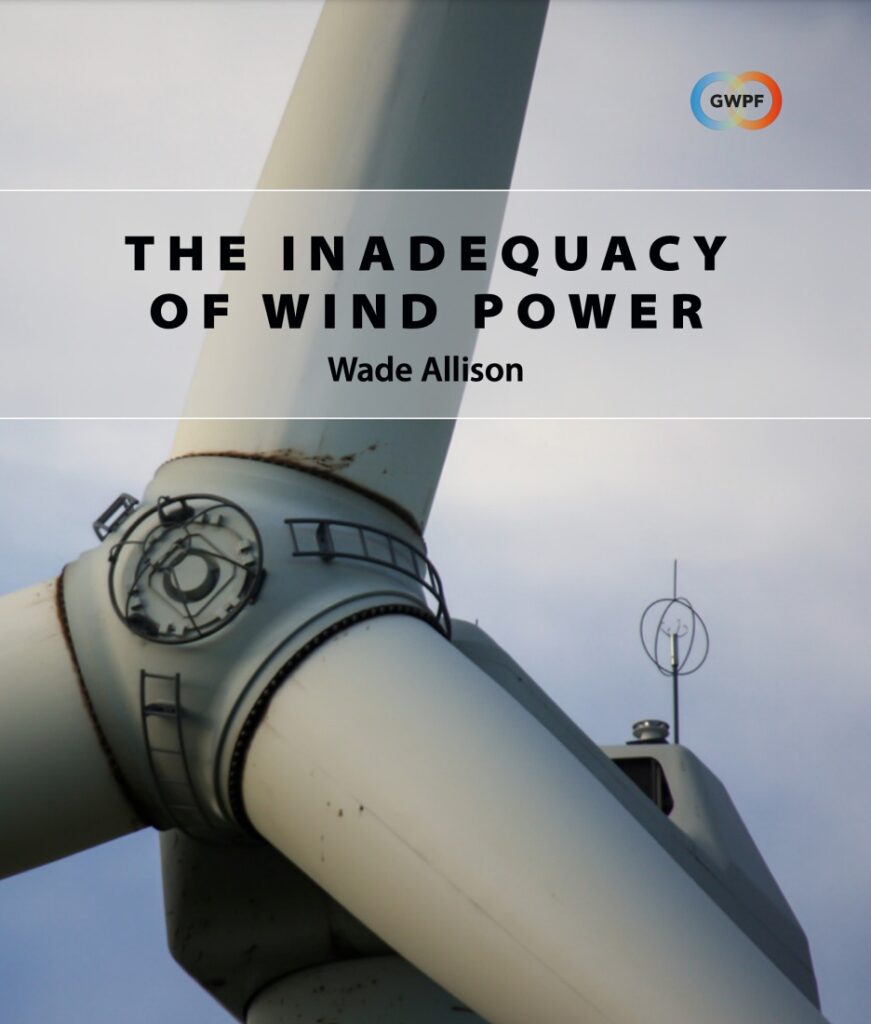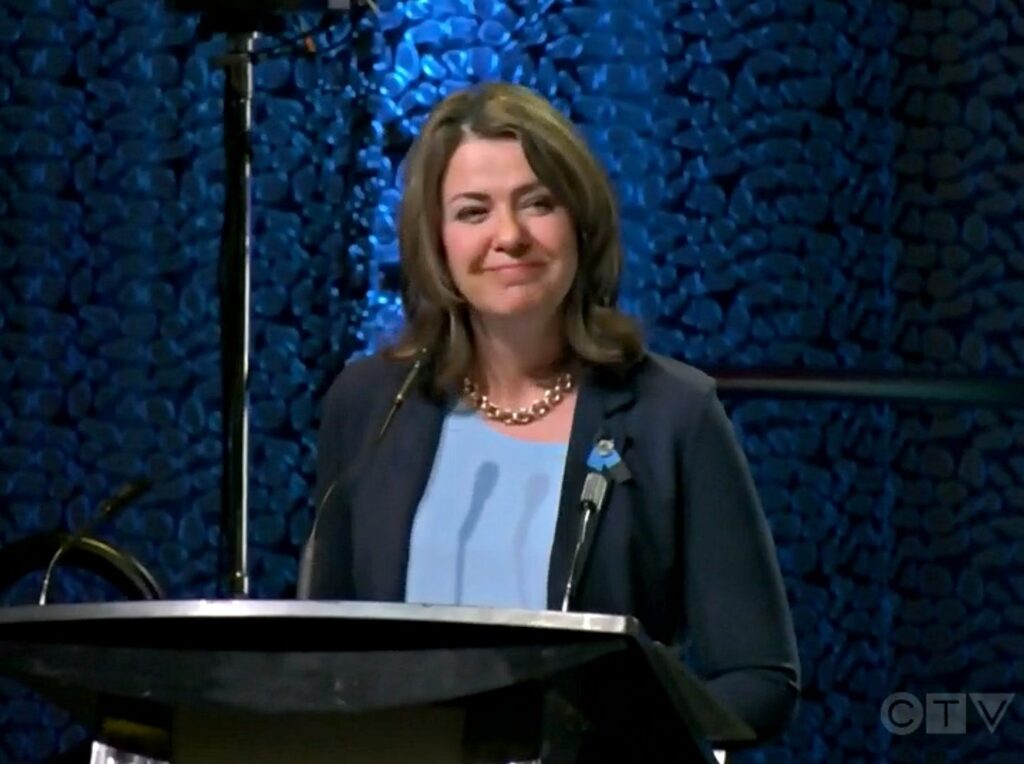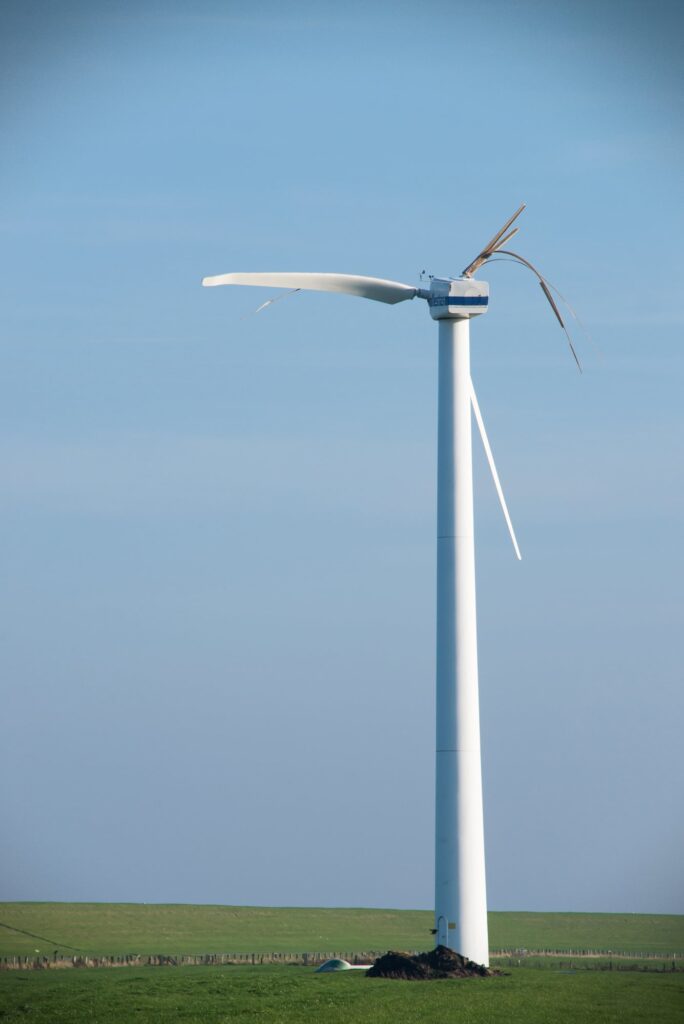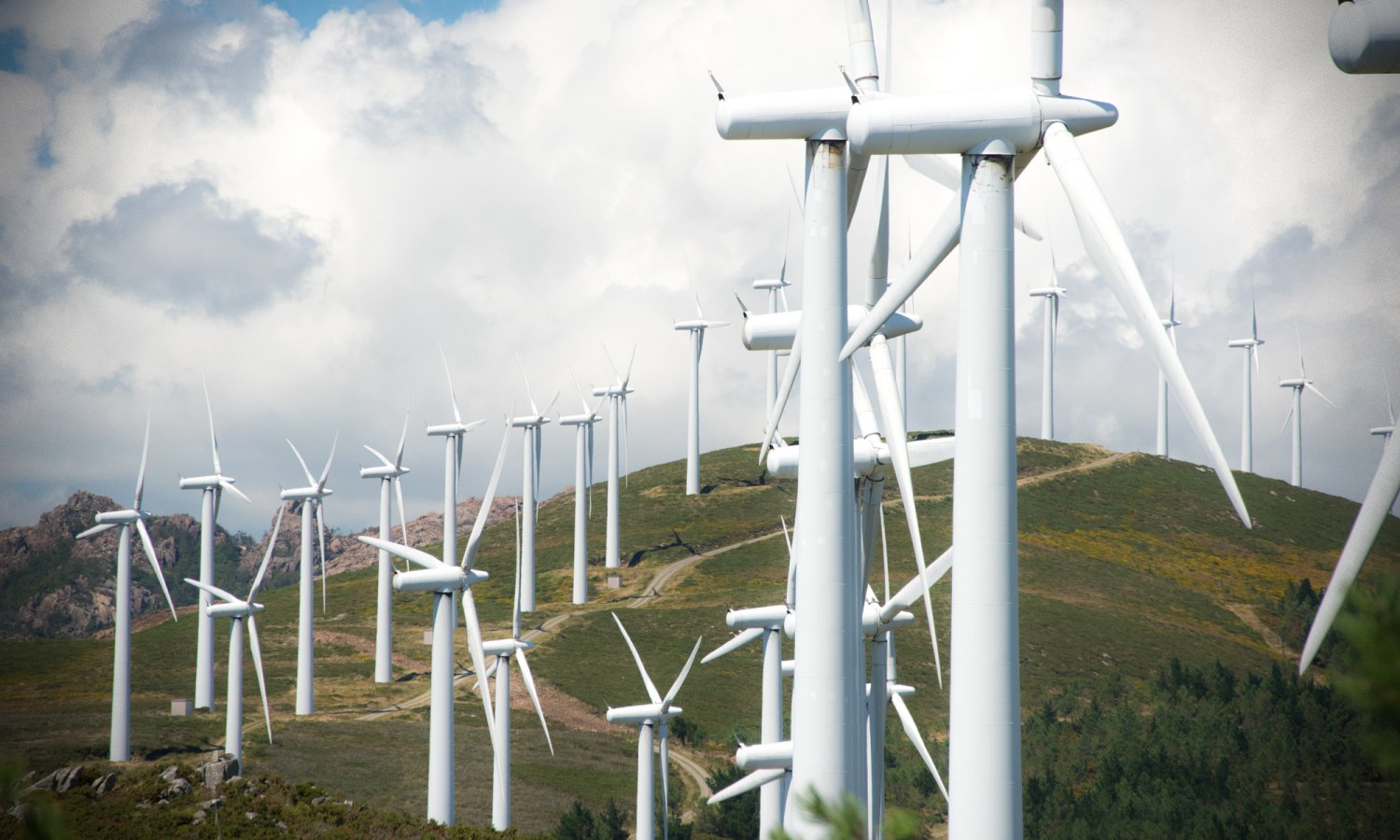Political enthusiasm and investor hype are not supported by evidence for ongoing construction of massive industrial wind plants, says an Oxford mathematician and physicist. In fact, warns Emeritus Professor Wade Allison, they are being built “to the detriment of creatures.”
The eminent scientist says it’s a matter of simple mathematics that wind plants cannot replace existing reliable energy infrastructure such as those based on fossil fuels, hydro, or nuclear. In his newly published paper “The Inadequacy of Wind Power”, Allison calculates:
If the wind speed is 10 metres per second (about 20 mph) the power is 600 watts per square metre at 100% efficiency. That means to deliver the same power as Hinkley Point C [nuclear plant] (3200 million watts) by wind would require 5.5 million square metres of turbine swept area – that should be quite unacceptable to those who care about birds and to other environmentalists.
The Inadequacy of Wind Power, p. 1, Wade Allison, 2023

The problem is worse than that. For “if the wind drops to half speed, the power available drops by a factor of 8. Almost worse, if the wind speed doubles, the power delivered goes up 8 times, and as a result, the turbine has to be turned off for its own protection.” The “bluster of windfarm politics” ignores the plain facts, he says: “Wind power fails on every count.”
But in some ways, this is old news. “Wind’s unpredictability means it truly has no generating capacity value, and its construction will not displace building any new coal or natural gas generating capacity,” wrote environmental consultant, Tom Hewson in 2009. “Grid reserve margins require wind-backup, and the inefficiency of quickly firing up a natural gas unit to meet erratic wind generation output means any emissions displacement is minimal. Wind is simply an additional capital cost which proves to be more than twice as expensive for the ratepayer.”1
Moreover…
You cannot store power in utility scale quantities using any known, workable technology that is even remotely feasible. This, again, is just physics and chemistry. You cannot just “add batteries.” The biggest battery system in the US can hold 19 minutes of the full summer output of the Palo Verde nuclear plant in Arizona before being full.
The entire world makes roughly 1,100 gigawatt hours of Li Ion battery storage a year. It used 23,425 terawatt hours of power in 2019. So the entire current output could store ~0.005% of annual use. That’s about 24 minutes.
“EU physics denial has come home to roost”, September 14, 2022; boriquagato.substack.com
And this means power grids must be balanced in real-time. “Power out = power in… and this is why wind and solar are NEVER going to work and why they are not only destroying the grids they touch in meaningful size and making them unreliable and failure-prone… they will always require huge investments in gas and oil burning “fast spin” systems on “rapid ready” to compensate for their inconstancy.”2
Alberta’s interim Premier Danielle Smith is one of the few Canadian politicians to question the feverish trend to replace traditional energy sources, pointing to stagnant air or solar panels covered with snow and ice that can bring energy production to a halt.3 For example, Pipeline Online reported that Alberta’s 36 wind farms produced only 11 megawatts of electricity — about 0.3% of their 3,618 megawatts capacity — on the evening of February 23, with 31 turbines not operational. Part of the reason was due to frigid temperatures: wind turbines effectively shut down and hibernate when temperatures reach below -30C — not uncommon in Alberta.
Some Political Common Sense

of Rural Municipalities of Alberta,
March 22, 2023
“I’m supportive of solar and wind projects where they make sense,” said the Premier. “But I can tell you from conversations with people in my own community that putting solar panels on prime agricultural land does not make sense.” 4 The Premier continues to echo what she said in an editorial in the Calgary Herald nearly two years ago — that the idea of actually replacing the current infrastructure entirely with wind and solar is nothing short of “magical thinking.”5
Across the ocean, Smith’s words are being echoed by Prime Minister Giorgia Meloni of Italy:
The problem is that we cannot help the environment by destroying our industries… The road to a green economy must be socially and economically sustainable.
European Union summit in Brussels, March 27, 2023, reuters.com

From Wind Concerns’ point of view, wind plants are not making much sense anywhere currently, given the math and increasing scientific evidence of the destruction they cause to both the environment and to animals and humans. So we, too, are opposed to them being placed where they do “not make sense.” There is nothing “environmentally friendly” about sprawling wind turbines, especially when proposed for ecologically sensitive areas like the Northern Valley south of Elk Point, Alberta. As our Mission Statement says, ‘Wind Concerns is calling for local, provincial, and federal governments to finally say “no” to wind projects in populated and highly sensitive ecological areas.’
Premier Smith went on to declare recently — to the chagrin of the media — that she intends to continue tapping into the province’s natural gas as a source of reliable energy. The science, reality, and facts are on her side. Nuclear physicist, Dr. Wallace Manheimer, warns that…
…modern civilization depends on energy… If we dismantle our existing power infrastructure, and convert to solar and wind, and solar and wind fail, as they will, it will be the end of modern civilization. It would be especially tragic when not only will this new infrastructure fail, but will cost trillions, trash large portions of the environment, and be entirely unnecessary. The stakes are enormous.
July 31, 2022, Journal of Sustainable Development
During her speech, Premier Smith said that “rural Alberta should be at the front of government’s mind.” We hope that’s true as we continue to ask the province to stop the destructive mass wind plants that are dividing communities and jeopardizing the future.
In the effort to save the climate, are we destroying the environment?… Now that we know that renewables can’t save the planet, are we going to let them keep destroying it?
Michael Shellenberger is President of Environmental Progress, TED Talk, January 4, 2019; youtube.com
After all, aren’t we supposed to be “following the science”?
- “Calculating Wind Power’s Environmental Benefits”, Power Engineering, July 2009[↩]
- Ibid.[↩]
- March 22, 2023; cbc.ca[↩]
- Spring convention of the Rural Municipalities of Alberta (RMA), March 22, 2023; ctv.ca[↩]
- October 29, 2021, calgaryherald.com[↩]
Mark Mallett is a former award-winning reporter with CTV Edmonton and an independent researcher and author. His family homesteaded between Vermilion and Cold Lake, Alberta, and now resides in the Lakeland region. Mark is Editor in Chief of Wind Concerns.


